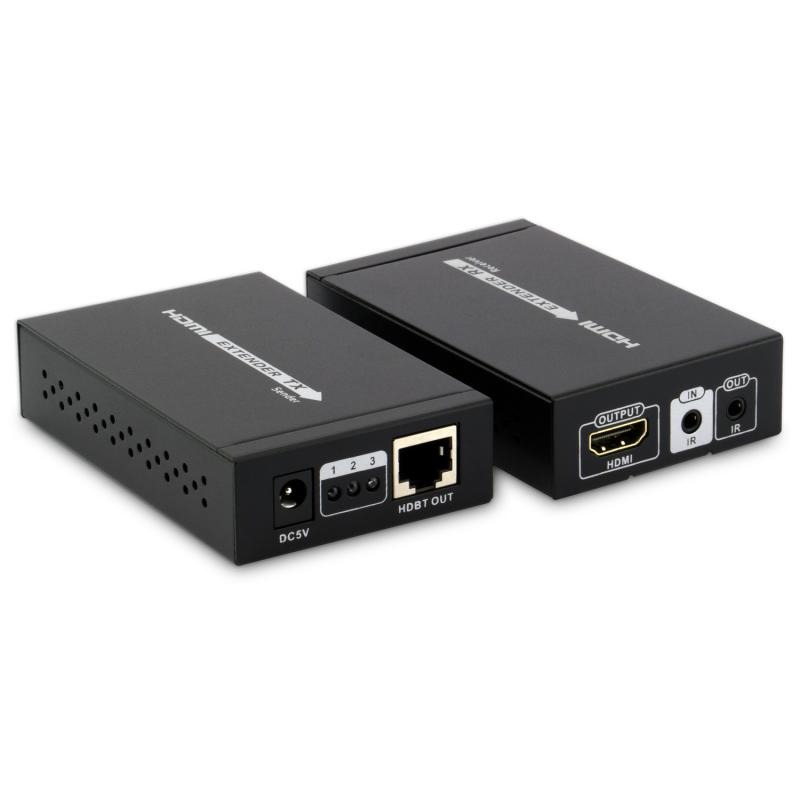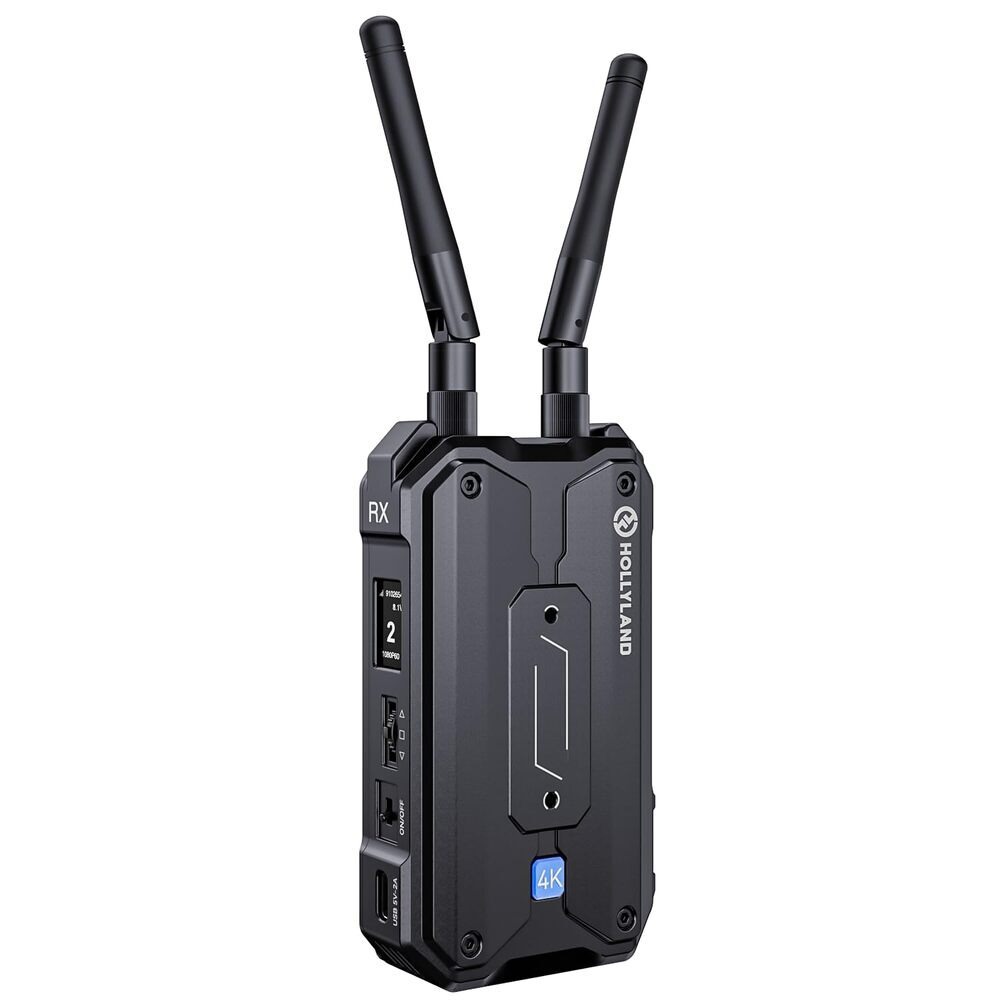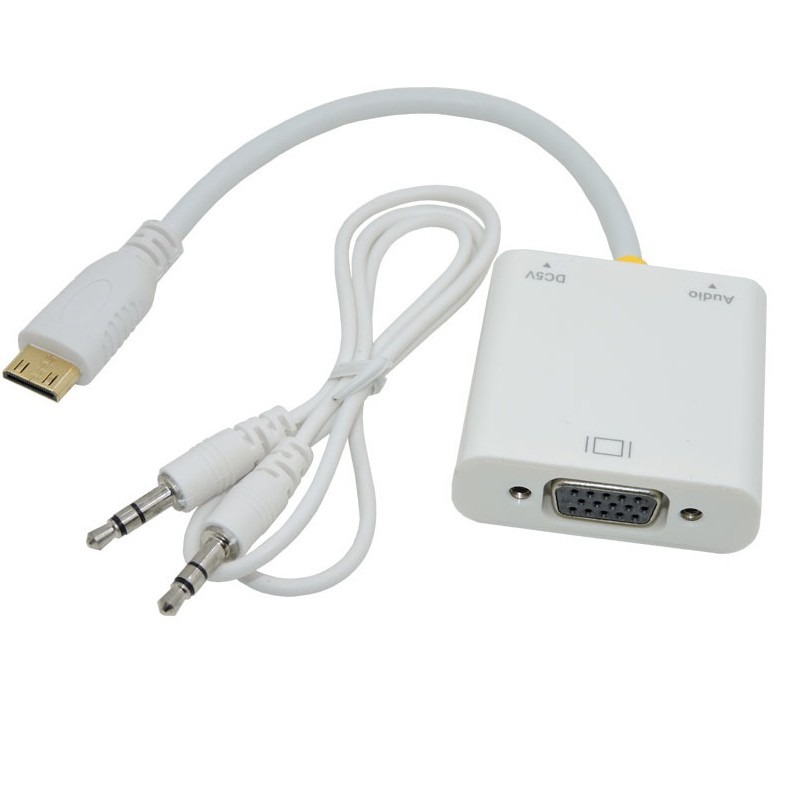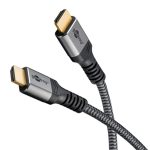Contents
- 1 Introduction to HDMI Out of Range Errors
- 2 Common Causes of HDMI Out of Range Messages
- 3 Step-by-Step Troubleshooting Methods
- 4 Adjusting Your Screen Resolution and Refresh Rate
- 5 Updating or Reinstalling Graphics Drivers
- 6 Checking the HDMI Cable and Port Conditions
- 7 Configuring Display Settings on Different Devices
- 8 When to Seek Professional Help for HDMI Issues
Introduction to HDMI Out of Range Errors
Encountering an HDMI out of range error can be frustrating. This message usually pops up on your screen when the computer’s video output exceeds the monitor’s display capabilities. In simpler terms, your monitor can’t interpret the signal it’s receiving via the HDMI cable. This often happens when the resolution or refresh rate settings are higher than what your monitor supports.
Recognizing this issue is the first step towards fixing it. ‘Out of Range’ indicates that the input signal is not compatible, either temporarily or consistently. The problem may not lie with the monitor itself but can be due to settings or hardware conflicts. Fixing HDMI out of range errors requires understanding the crux of the message and systematically troubleshooting the possible causes.
Stay with us as we dive deeper into the prevalent causes of HDMI out of range messages and guide you through effective troubleshooting methods.
Common Causes of HDMI Out of Range Messages

When we encounter HDMI out of range errors, identifying the root cause is key. Often, the reasons are straightforward but overlooked. Here, we will cover the most common causes leading to this irritating mishap.
Incorrect Display Settings
One primary reason for an out of range message is wrong display settings. If your computer sends output at a resolution or refresh rate that exceeds your monitor’s ability, you’ll face this issue. For instance, setting your computer to output at 4K resolution when your monitor supports only 1080p can trigger the error.
Faulty or Poor-Quality HDMI Cable
A faulty or low-quality HDMI cable can also be the culprit. Cables that are worn out, damaged, or just low-grade might not transmit signals accurately. This can result in the monitor not understanding the signal, hence displaying the error.
Outdated or Incompatible Graphics Driver
Another common cause is an outdated or incompatible graphics driver. This software helps your operating system and applications use your computer’s graphics hardware. If it’s outdated or not compatible with your current hardware, you could see an out of range error.
Monitor or Graphics Card Limitation
Sometimes, the limitation may come from the hardware itself. Older monitors or graphics cards may not support the output settings you’re trying to use. This hardware-related limitation can cause an incompatible signal.
Incorrectly Auto-Detected Settings
Auto-detection features in monitors or operating systems can misinterpret the capabilities of your display setup. For example, your computer may incorrectly auto-detect a refresh rate that your monitor doesn’t support, hence prompting the error.
Conflicting Secondary Displays
When using multiple monitors, conflicting settings between the secondary and primary display can cause issues. If one monitor cannot support the resolution or refresh rate that another is using, an out of range message might appear.
By understanding these common causes, you can begin to troubleshoot HDMI out of range issues. Next, we’ll look into the steps you can take to resolve these errors.
Step-by-Step Troubleshooting Methods

To fix HDMI out of range errors, follow these simple troubleshooting steps. Each method can help you identify and correct the issue.
Check and Adjust Display Settings
The first step is to check your computer’s display settings. Ensure they match your monitor’s specifications. Adjust the resolution or refresh rate to be within the monitor’s range.
Reboot into Safe Mode
Boot your computer into Safe Mode. This loads with minimal drivers and may bypass the error, allowing you to adjust settings.
Update or Reinstall Graphics Drivers
Make sure your graphics drivers are up to date. If they’re not, update them. If issues persist, try reinstalling the drivers.
Test with Another HDMI Cable
Sometimes, the problem is with the HDMI cable. Test with another cable to rule this out as the cause of the error.
Inspect Monitor and Graphics Card
Evaluate whether your monitor or graphics card supports your desired settings. Upgrade hardware if necessary.
Reset Monitor to Factory Settings
Reset your monitor to its factory settings. This can resolve incorrectly auto-detected settings.
Configure Multiple Displays Correctly
If using multiple monitors, ensure the settings do not conflict. Adjust the settings for each display accordingly.
Contact Support or a Professional
If you are unable to resolve the HDMI out of range error, consider seeking help from a professional or support.
By systematically approaching the HDMI out of range problem with these methods, you’re likely to find a solution. Remember to handle each step with care, as incorrect settings can exacerbate the issue. With patience and a little technical know-how, you can remedy this error and get back to a clear, stable display.
Adjusting Your Screen Resolution and Refresh Rate
To tackle the HDMI out of range issue, adjusting your screen’s resolution and refresh rate is vital. This process involves a few simple steps to sync your display settings with your monitor’s capabilities.
Check Your Monitor’s Specifications
First, find out the maximum resolution and refresh rate your monitor supports. Refer to the user manual or look up the specs online.
Access Display Settings
On your computer, go to the display settings. You can usually find this in the control panel or system preferences.
Lower the Resolution
If your resolution is set higher than what your monitor supports, lower it using the display settings. Select a resolution that fits within the monitor’s range.
Adjust the Refresh Rate
Next, modify the refresh rate. Your monitor may not handle high rates, so set it to one it can support. A rate of 60Hz is common for many displays.
Apply and Test
After adjusting, apply the changes. Check if the ‘out of range’ message disappears and your screen displays correctly.
Revert in Safe Mode if Necessary
If you can’t access your regular display settings due to the error, reboot in Safe Mode. Then try adjusting again.
Adhering to these steps can help you rectify the HDMI out of range error, ensuring your screen displays visuals without any hiccups.
Updating or Reinstalling Graphics Drivers
Updating or reinstalling graphics drivers can solve many HDMI out of range errors. Keep reading for how to handle this step.
Determine if Drivers Are Up to Date
Start by checking if your graphics drivers are current. Outdated drivers often cause display issues. Go to the device manager on your computer. Look for the display adapter section. Check the driver version against the latest on the manufacturer’s website.
Download Latest Drivers
If your drivers are outdated, go to the graphics card manufacturer’s website. Download the latest drivers for your specific model.
Uninstall Old Drivers
Before installing new drivers, uninstall the old ones. This helps avoid conflicts. Go to control panel, then the programs and features section. Find your graphics card software. Click ‘uninstall’ and follow prompts.
Install New Drivers
After uninstalling, run the downloaded installer for the new drivers. Follow on-screen instructions carefully.
Reboot Your Computer
Once the installation finishes, reboot your computer. This ensures the new drivers are active.
Check for HDMI Out of Range Errors
After rebooting, check if the HDMI out of range message persists. If it doesn’t, the issue likely was outdated or corrupted drivers.
If after updating the drivers you’re still experiencing problems, you might need to try other troubleshooting methods outlined in this guide or seek professional help.
Checking the HDMI Cable and Port Conditions
When you encounter an HDMI out of range error, it’s important to inspect not just software settings, but also the physical connections. Checking the condition of your HDMI cable and ports is a crucial step in troubleshooting. Here’s how you can proceed:
Examine the HDMI Cable for Damages
Start by looking at the HDMI cable. Check for visible damage such as cuts, fraying, or loose connectors. If you spot any, it’s time to replace your cable with a new one.
Test the Cable with Another Device
To confirm the cable’s functionality, try using it with another device. If it works well, the issue likely lies elsewhere.
Check the HDMI Ports
Inspect the HDMI ports on both your computer and monitor. Look for debris or damage that might hinder the connection.
Clean the Ports
If you find dust or dirt in the HDMI ports, use compressed air to clean them out. Ensure the power is off before cleaning.
Try Different HDMI Ports
If your hardware has multiple HDMI ports, try a different one. This can rule out a faulty port.
Re-secure Connections
Make sure the HDMI cable is securely plugged in at both ends. A loose connection can cause errors in signal transmission.
By thoroughly examining and testing the HDMI cable and port conditions, you can eliminate these as the sources of the issue. If the problem persists, continue with the other troubleshooting methods provided.
Configuring Display Settings on Different Devices
Adjusting the display settings on various devices can solve HDMI out of range errors. Different devices may have unique steps for configuration, but the core concepts remain similar.
Windows Computers
For Windows users, right-click the desktop and select ‘Display Settings’. Here, you can adjust the resolution and refresh rate. Make sure to choose settings that match your monitor’s capabilities.
MacOS Devices
Mac users should go to the Apple menu and choose ‘System Preferences’. Then click ‘Displays’ to find resolution and refresh rate options. Select the one that fits your monitor’s specifications.
Gaming Consoles
On gaming consoles like Xbox or PlayStation, navigate to ‘Settings’. Look for ‘Display and Sound’ options. From there, adjust the video output settings to match your TV or monitor.
Smart TVs
Smart TV users can typically find display settings under the ‘Menu’ or ‘Settings’ option on their TV remote. Adjust the picture size and quality to suit your HDMI source.
Mobile Devices
If you’re connecting a mobile device via HDMI, go to the device’s settings. Look for ‘Display’ settings to change resolution or aspect ratio accordingly.
By customizing display settings on each device, you can often eliminate HDMI out of range errors. Always confirm your changes save correctly and result in a clear display.
When to Seek Professional Help for HDMI Issues

Sometimes, despite following all the troubleshooting steps for HDMI out of range errors, the issue might persist. It’s important to know when to get professional help.
Persistent Errors After Troubleshooting
If you’ve gone through all the DIY methods – adjusting display settings, updating drivers, checking cables and ports – and still see the error, it may be time for expert assessment.
Physical Damage to Ports or Graphics Card
Visible damage to your HDMI ports, graphics card, or internal issues with your monitor requires professional repair or replacement.
Recurring Issues with Different Devices
When the out of range error occurs with various devices and HDMI cables, there might be a deeper hardware compatibility problem. An expert can diagnose this.
Inability to Access Safe Mode or BIOS
If you cannot access Safe Mode or BIOS to change settings, a technician’s help becomes necessary to avoid missteps that could cause more harm.
Complex Multiple Display Setups
Professional help can be valuable for configuring complex setups involving multiple displays, especially when standard troubleshooting doesn’t resolve the out of range error.
Warranty or Insurance Claims
Check if your monitor or graphics card is under warranty or insured. Professional services might be covered, reducing out-of-pocket expenses.
Knowing when to seek professional help can save you time and prevent potential damage to your equipment. If you find yourself out of options, contacting a certified technician or the manufacturer’s support team can be your best bet to fix the HDMI out of range error you’re experiencing.

